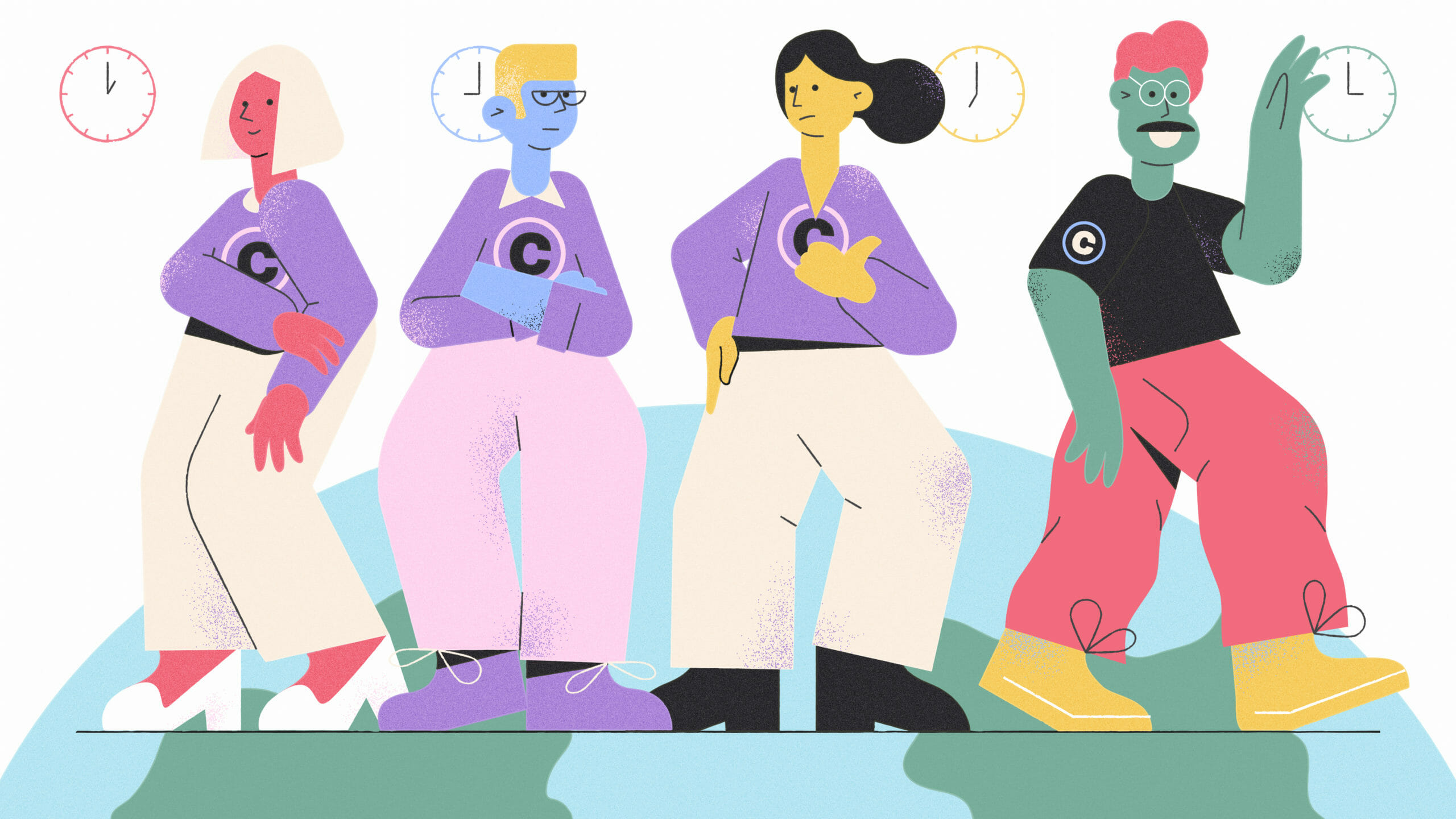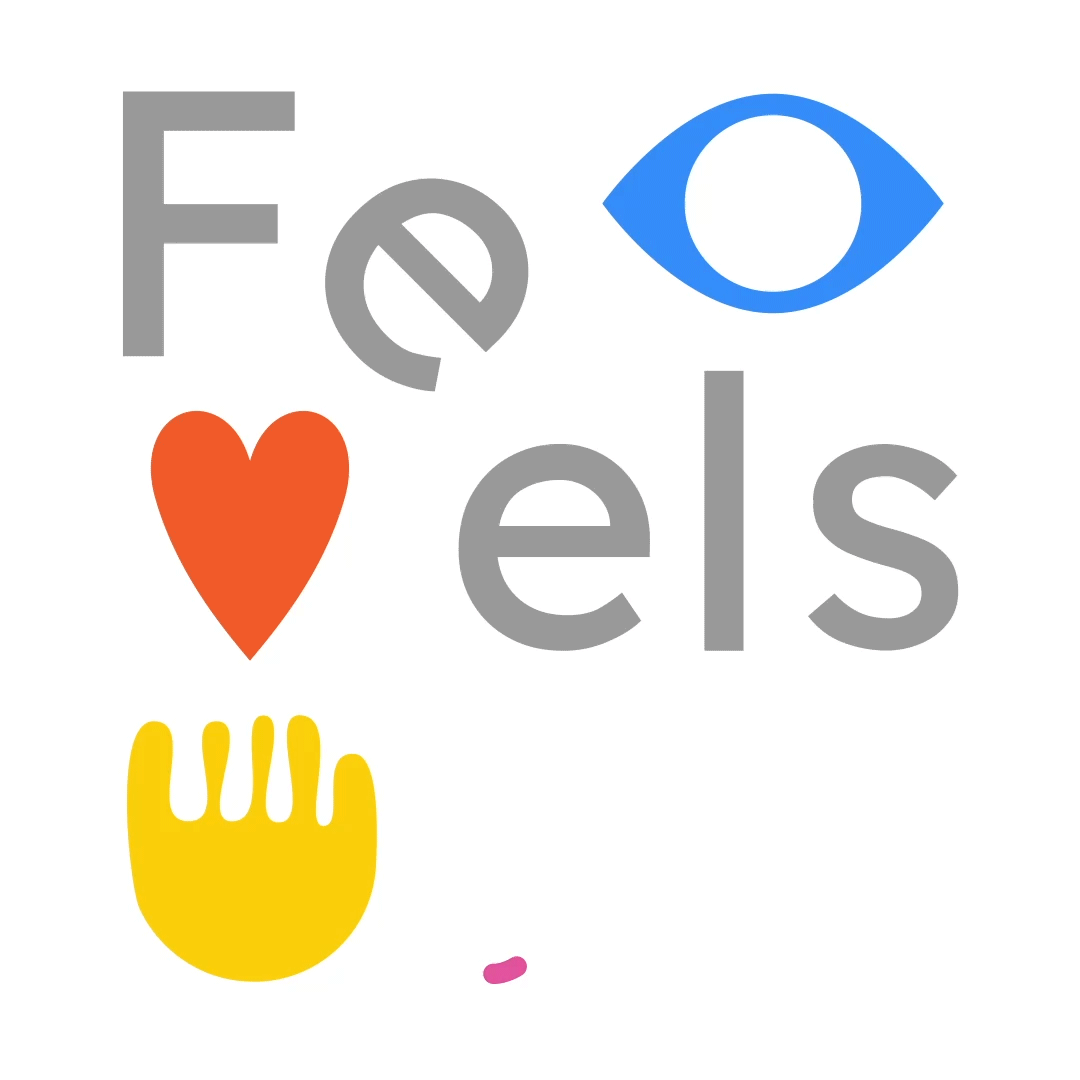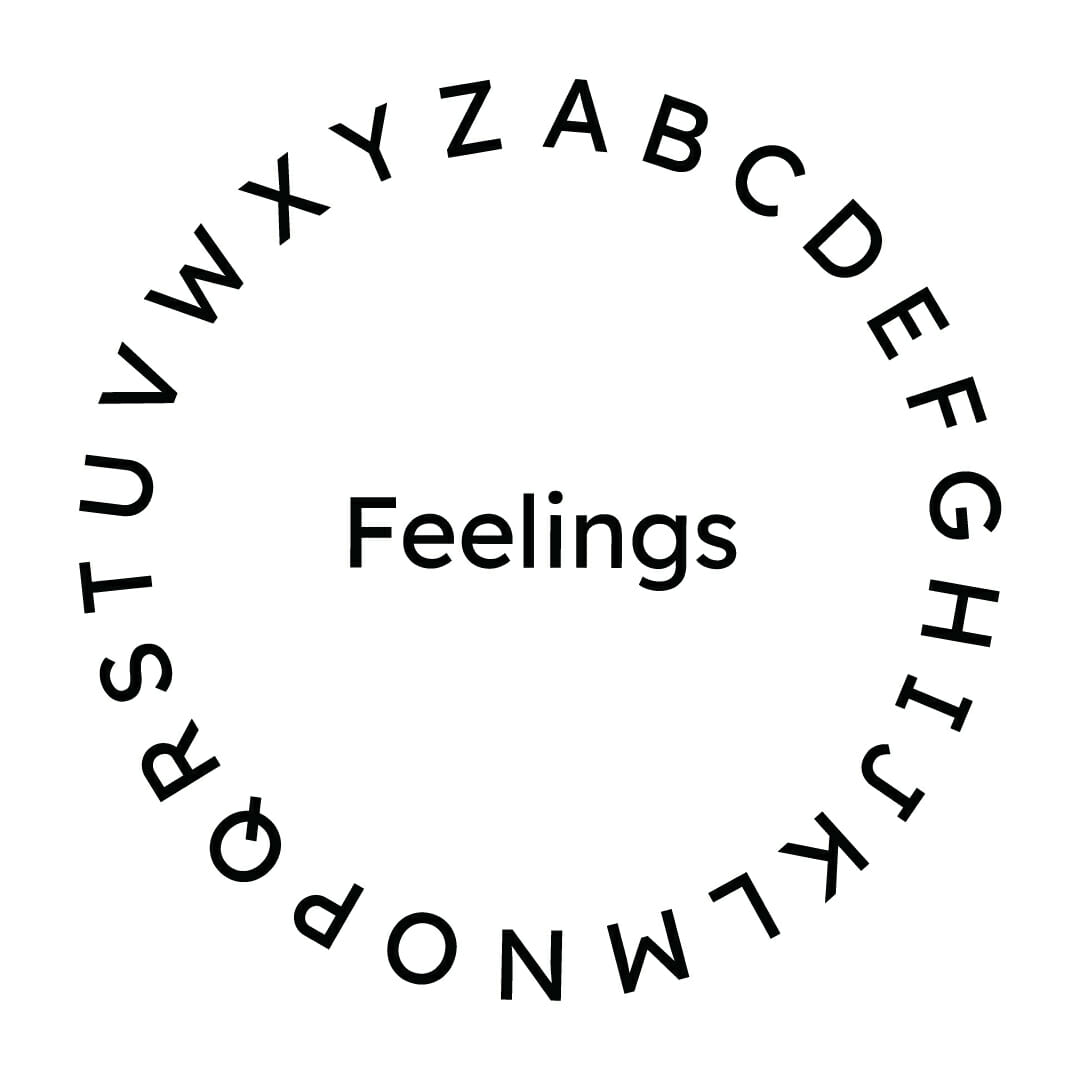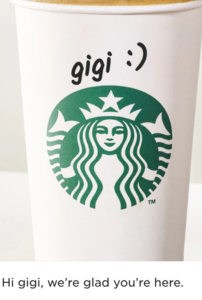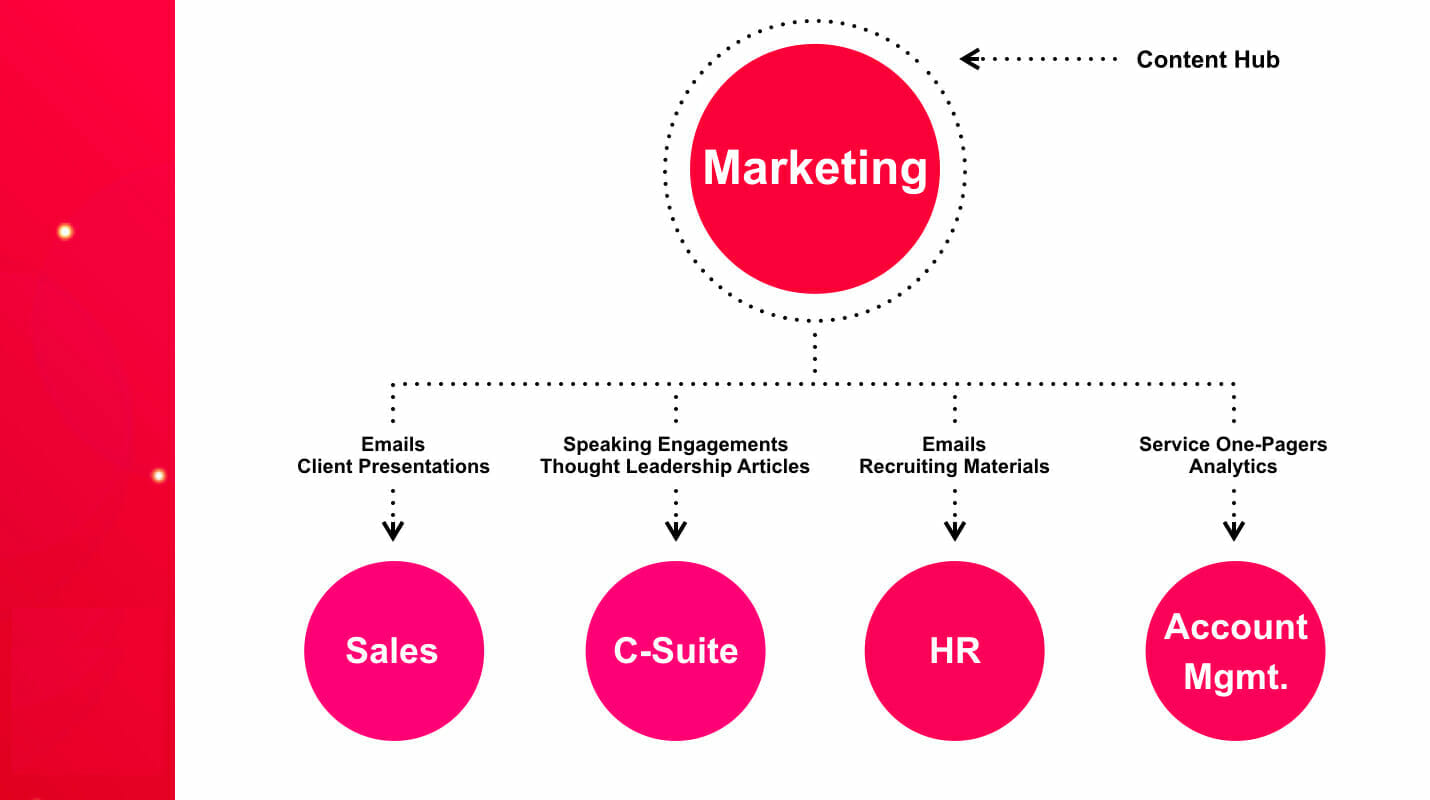Level Setting: Employer Branding Is a Must-Have
As a brand agency whose work revolves around transforming business by changing how people feel about brands, we’re naturally true believers in the impact of employer branding. We think of employer brand as the practice of ensuring a company’s external branding efforts are supported by a corresponding and complementary internal brand that speaks to current and prospective employees. When companies do succeed at successfully articulating an emotionally meaningful proposition of what it means to work for their company, recruitment, retention, and engagement aren’t the only metrics that soar.
Numerous studies show that employer branding has an impact way beyond a company’s ability to keep employees happy and attract talent. It has a significant and measurable impact on the bottom line. Here are just some facts:
- Negative reputation costs companies at least 10% more per hire. (HBR)
- 64% of consumers have stopped purchasing a brand after hearing news of that company’s poor employee treatment. (Career Arc)
- Employer branding can increase stock prices by 36%. (Lippincott)
- 96% of companies believe employer brand and reputation can positively or negatively impact revenue, yet less than half (44%) monitor that impact. (Career Arc)
- A strong employer brand can lead to a 50% decrease in cost per hire and a 28% increase in retention. (LinkedIn)
- Strong employer branding discourages early departures; new hires are 40% less likely to leave after the first 6 months. (LinkedIn)
- Companies are overpaying on salaries by 10% if they don’t have a strong brand. (HBR)
- Employee turnover can be reduced by 28% by investing in employer brand. (Office Vibe)
Global Growth? No Better Time for an Employer Branding Initiative
Many of our clients come to us in times of change or in search of growth. Whether it’s organic or M&A, they need an employer brand to drive global recruitment, retention, and engagement at a time when human capital is critical to keeping pace with growth demands.
With accelerated growth at the global level comes a challenge a bit more complicated than filling the funnel with talent or filling the office with snacks to fill the talent. With growth, comes change, and with change, comes uncertainty. It’s only human. Organic global growth means learning to navigate everything from regional work style differences and communication nuances to basic time zone management. While global expansion by way of M&A brings the additional challenge of merging established workplace cultures and power dynamics.
For executives, this means acknowledging that practices that have served the company in the past might not serve it into the future. For HR and recruitment leads at each location, it’s often fear that expansion at the global level might dilute attention on their own location’s unique assets or needs. With clients who’ve grown through M&A, each location may be in a different stage of maturity. And for employees themselves, growth brings a murkiness of its own: “What does adding a new office or a whole new staff mean to me, my role, and my work?”, or even “Do I still belong here?”
Finding Your Connective Tissue, Globally
The first step in creating a globally-resonant employer brand is identifying, or in many cases unearthing, a company’s connective tissue—the underlying truths at the heart what you do, how you do it, and why it matters.
Discovering these across global locations isn’t always obvious at first. Differing cultures, a diverse workforce, or a broad spectrum of capabilities often make it appear like difference outweighs similarity—especially to those on the inside.
This is where a strong outside perspective brings value—and can help a company identify its universal truths. As an agency partner, we begin by diving deep into all facets of your brand, business, and culture and have numerous conversations with employees and executives working in different roles across the world. It’s our job to look for patterns, discover shared beliefs and values, and uncover common ways of thinking, working, or perceiving.
Ultimately, the common truths we identify bubble up to your EVP, or your Employer Value Proposition, the most differentiated and relevant way to communicate your workplace’s value to candidates and employees, which we pressure test through the following filters:
- Does it have the power to unite and rally your existing employee base?
- Will it attract the people your business needs to thrive and invite them into the fold?
- Can it expand with you as your business grows?
- Can it flex to each unique location’s distinct needs or challenges?
- Does it feel authentic, meaningful, true, and unique?
- Is it differentiated from the competition?
Getting Local With It
At a global level, your EVP may drive brand touchpoints such as a global recruitment campaign, a new career website, or a global employee communications strategy. But what does it mean at a local level? What if one office needs help recruiting experienced talent in a remote city where brand awareness is low? And another office site requires a way to stand out in a location abundant with industry competition? This is where the exercise of localization becomes key.
In every global engagement, we work one-on-one with each location to closely understand their individual challenges, needs, and goals—and how the Employer Branding initiative can support them. We create a roadmap that targets key dates, identifies key stakeholders, and acts as a guide as we develop customized brand assets and strategies for ensuring success. Our work is about meeting each team where they are, flexing the EVP to work to what you have, what you need, and what you want, all while underlying the overall global message that sits above it all.
Global growth? Local success? Yes, we’re here to tell you both are possible. Get in touch to learn more about our future-proofing your Employer Brand for growth.
Emotive Brand is a brand strategy and design agency in Oakland, California.




